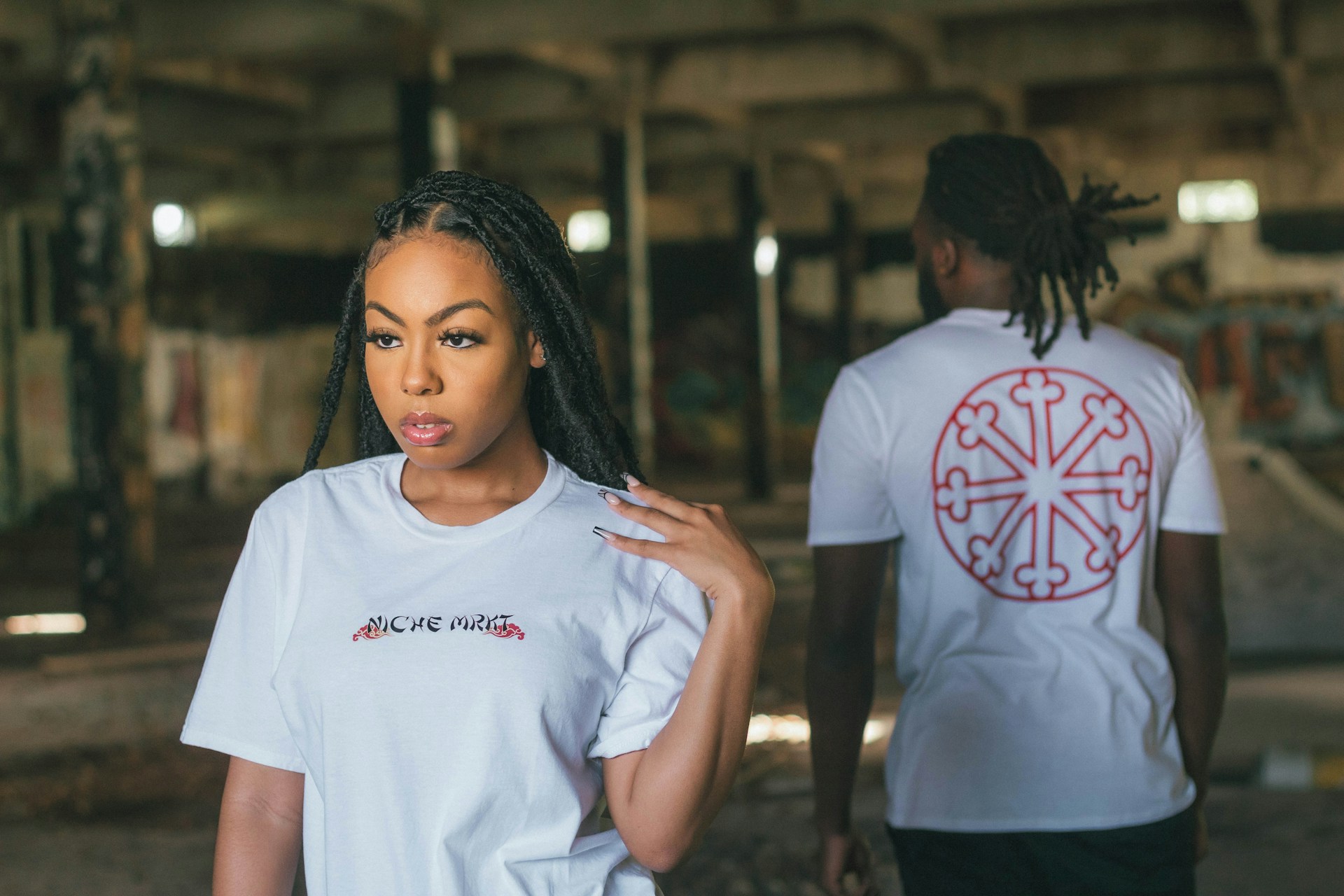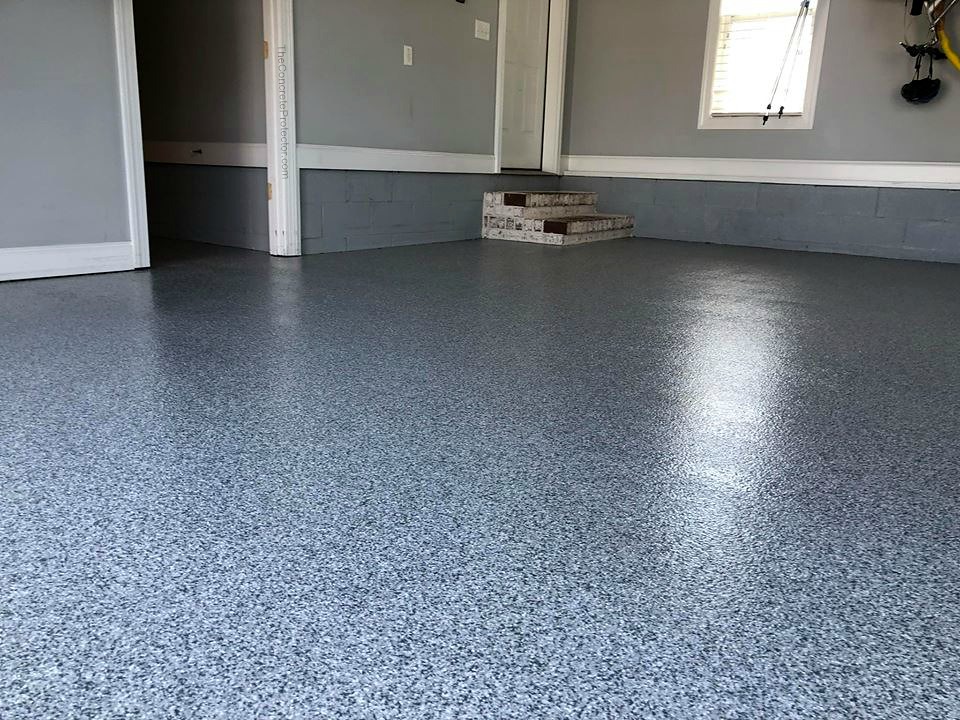Unmasking the Mystique of Minimalist Fashion: A Deep Dive
Welcome to the realm of minimalist fashion, a style that is far from new, yet continues to influence and intrigue consumers worldwide. Let's delve into its origins, evolution, and why it remains a timeless favorite in the fashion industry. Minimalist fashion traces its roots back to the post-World War II era, particularly the 1950s and 1960s. It was a time when fashion designers started to veer away from ornate designs, gravitating towards functionality, simplicity, and understated elegance instead. Designers like Calvin Klein, Jil Sander, and Helmut Lang were among the pioneers who championed this aesthetic.

The Appeal and Evolution of Minimalist Fashion
Minimalist fashion is defined by its simplicity, functionality, and subtlety. It embodies the principle of “less is more,” emphasizing clean lines, neutral colors, and high-quality fabrics. Its appeal lies in its versatility and timeless elegance, making it a smart and sustainable choice for many consumers.
Over the years, minimalist fashion has evolved. Today, it not only includes simple and understated designs but also incorporates sustainable and ethical fashion practices. This shift is largely driven by consumer demand for transparency, ethical sourcing, and environmental sustainability.
The Influence of Minimalist Fashion on Buyers
The minimalist fashion trend has significantly influenced consumer behavior. It advocates for quality over quantity, encouraging consumers to invest in fewer, but high-quality pieces that last longer. This approach not only contributes to a sustainable wardrobe but also helps consumers to streamline their personal style and make more informed shopping choices.
Current Trends and Styling Recommendations
While minimalist fashion is inherently timeless, it nevertheless adapts to current trends. Today’s minimalist style incorporates elements such as structured tailoring, monochromatic palettes, and sustainable textiles. Styling a minimalist outfit involves focusing on fit, texture, and versatility. Here are a few styling tips:
-
Opt for Neutral Tones: A minimalist wardrobe is usually dominated by neutral colors like white, black, beige, and gray.
-
Focus on Fit: The fit of your clothes is crucial in minimalist fashion. Opt for pieces that flatter your body shape.
-
Invest in Quality: Minimalist fashion is about investing in high-quality pieces that will stand the test of time.
Practical Tips for Embracing Minimalist Fashion
-
Start with the Basics: Begin by investing in high-quality basic pieces like a white shirt, black trousers, and a good pair of sneakers.
-
Invest in Versatile Pieces: Choose items that can be mixed and matched with other pieces in your wardrobe.
-
Choose Quality Over Quantity: Instead of buying several items, invest in fewer, high-quality pieces that will last longer.
-
Keep it Simple: Avoid overly ornate or flashy items. Stick to clean lines and simple designs.
In conclusion, minimalist fashion is more than just a style—it’s a lifestyle choice that encourages sustainability, quality, and timeless elegance. It’s a trend that has stood the test of time and continues to evolve, influencing consumer behavior and shaping the fashion industry. So, if you’re looking to simplify your wardrobe and make more sustainable fashion choices, minimalist fashion could be the perfect choice for you.




